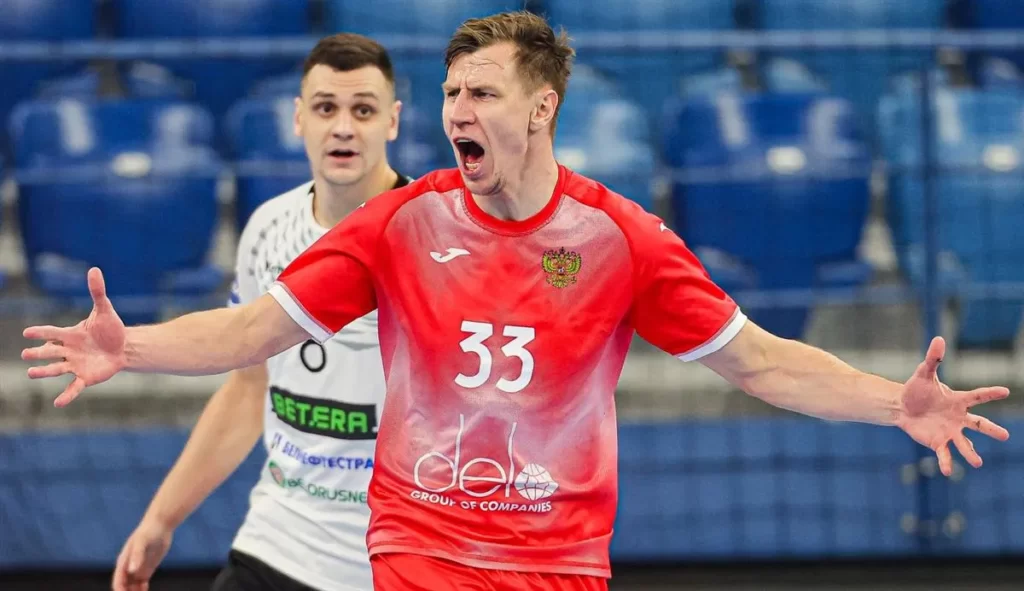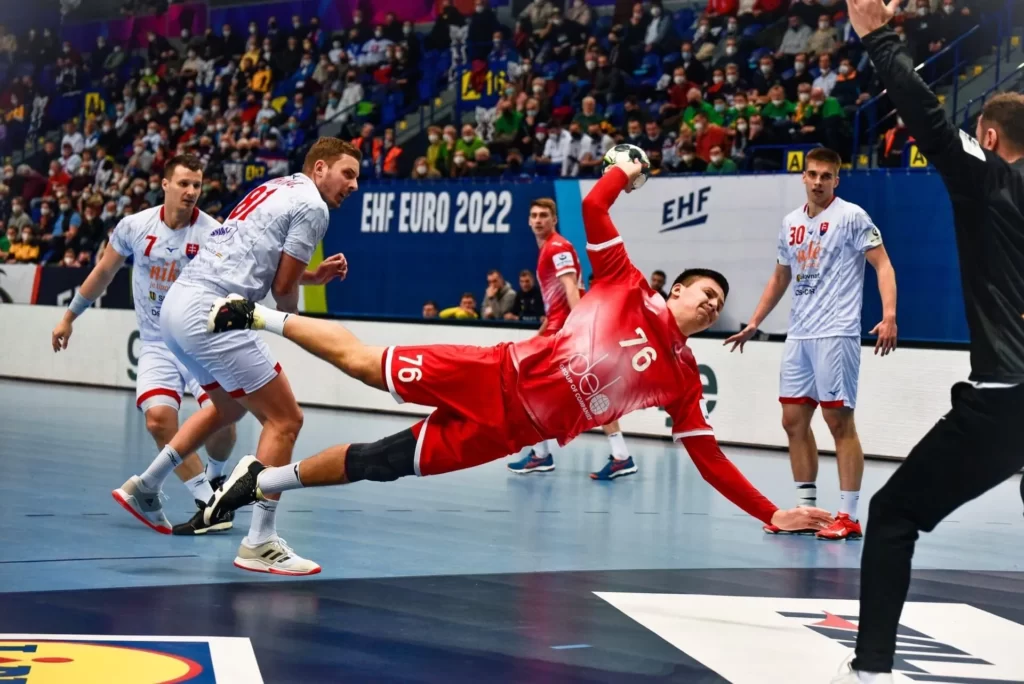Handball rarely makes the headlines, but players’ incomes can sometimes surprise even fans of more popular sports such as football or hockey. So how much do handball players earn in Russia and abroad? Why do some live in luxury, while others struggle to make ends meet? Let’s look into this issue in detail. In the article, you will find real figures, interesting details and some unexpected facts that shed light on the financial side of handball players’ lives.
Handball players’ salaries in Russia: how much do players get paid in their home country
In Russia, athletes’ incomes depend on the level of the club, its financial capabilities and the player’s status. How much do handball players earn on average? In most teams, participants receive from 100 to 500 thousand rubles a month, depending on their experience and contribution to the game. In top clubs, such as Chekhovskie Medvedi, athletes can earn more than a million rubles a month, taking into account all bonuses and premiums. This is not only a salary, but also payments for winning tournaments, which can sometimes exceed the basic salary.
Bonuses and additional payments
Bonuses are not the last place in the players’ income. For example, winning the Russian Cup can bring each player an additional 150-200 thousand rubles. These payments motivate athletes and help them give their best. Clubs also stimulate handball players for achievements in the international arena – participation in the Champions League or playing for the national team can become another source of income.
Salaries of handball players in Europe: why do they pay more there?
In Europe, handball is much more popular than in Russia, which naturally affects income. Players of top clubs, such as the French Paris Saint-Germain or the German Kiel, receive from 20,000 to 50,000 euros per month. For example, in the Bundesliga, leading players can earn up to 600,000 euros per year, especially if you take into account bonuses for winning the Champions League and national championships. This state of affairs is explained by the high popularity of the discipline in Europe and the fact that clubs have more opportunities to attract sponsors.
The role of sponsors and advertising contracts
The main difference in the salaries of European handball players is the support of large sponsors. Paris Saint-Germain, for example, actively cooperates with Nike, which significantly increases the team’s budget, and therefore the players’ income. Sponsorship contracts with companies such as Adidas and Puma also affect the ability of clubs to pay higher salaries. For example, Kiel received support from Audi, which allowed the club to offer its players competitive conditions and high bonuses.
The highest paid handball players in the world: who made it to the top?
 Danish Mikkel Hansen is one of the brightest stars in handball. Under his contract with Paris Saint-Germain, Hansen earns around 1.5 million euros per year. This is not only his regular salary, but also many additional bonuses for winning the Champions League and national tournaments. His advertising contracts with Hummel also bring in large incomes.
Danish Mikkel Hansen is one of the brightest stars in handball. Under his contract with Paris Saint-Germain, Hansen earns around 1.5 million euros per year. This is not only his regular salary, but also many additional bonuses for winning the Champions League and national tournaments. His advertising contracts with Hummel also bring in large incomes.
Other high-paid players: Nikola Karabatic and company
French handball player Nikola Karabatic is also among the leaders in income. His annual earnings are around 1.2 million euros. The bulk of this comes from his contract with Paris Saint-Germain and advertising agreements with giants such as Gatorade and Nike. In addition, Karabatic regularly receives bonuses for successful performances for the French national team, especially in major competitions such as the Olympic Games and the World Cup.
How are handball players’ salaries formed: what determines income?
The club budget plays a decisive role in determining the payments. The larger the fund, the more the club can pay its players. For example, in Flensburg, Germany, the possibilities significantly exceed the budgets of most Russian teams, which allows them to pay athletes several times more. The impact of the financial cushion on salaries is obvious: top clubs can afford better conditions and, as a result, attract more talented players.
Handball players’ salaries consist of several main components:
- Base amount: a fixed monthly salary that is paid to the player in accordance with the contract.
- Performance bonuses: payments for winning matches, achieving team goals (e.g. reaching the playoffs) or successful performances in international tournaments.
- Sponsorship payments: a portion of the income that players receive thanks to the support of major brands such as Adidas or Nike. The more popular the club, the higher the amount of sponsorship contracts.
- Personal achievement bonuses: rewards for personal merits, such as the title of best player of the match or season.
- Income from endorsement deals: Top players can sign personal endorsement deals, which also increases their overall income.
Handball: Men’s and Women’s Salaries – Income Comparison
In Europe, male handball players earn on average around 25,000 euros per month, while female handball players often earn no more than 5,000 euros. For example, players of the women’s team Rostov-Don earn around 150,000 rubles per month, which is significantly less than the income of their male colleagues from the Chekhovskie Medvedi. This difference is explained by the lower interest of spectators and sponsors in women’s competitions.
Factors Affecting the Salary Difference
The main factor affecting the difference is the level of audience interest. Sponsors such as Adidas and Nike prefer to invest in men’s teams, since their matches attract more spectators and provide wider advertising coverage. As a result, women’s teams receive less funding, which is reflected in the income level of the athletes.
Conclusion
 The income of handball players in Russia and worldwide varies depending on several factors: club, country, skill level of the player, sponsor support. How much handball players earn depends on the popularity of handball in a particular country, on available finances and on success on the international stage. Despite the fact that the discipline cannot compete in terms of income with football or basketball, many athletes find in this sport not only stable earnings, but also an opportunity for self-realisation. In the future, women’s handball may also attract more attention from sponsors and spectators, which will certainly have an impact on the level of athletes’ salaries.
The income of handball players in Russia and worldwide varies depending on several factors: club, country, skill level of the player, sponsor support. How much handball players earn depends on the popularity of handball in a particular country, on available finances and on success on the international stage. Despite the fact that the discipline cannot compete in terms of income with football or basketball, many athletes find in this sport not only stable earnings, but also an opportunity for self-realisation. In the future, women’s handball may also attract more attention from sponsors and spectators, which will certainly have an impact on the level of athletes’ salaries.
 en
en  ru
ru  de
de  ar
ar  es
es  nl
nl  hi
hi  fr
fr  it
it  pt
pt  el
el 










